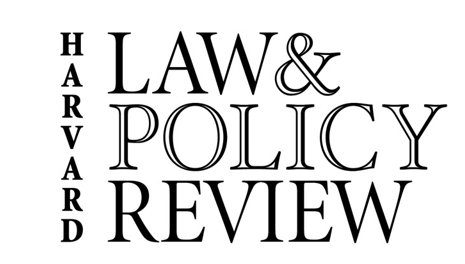By April Xiaoyi Xu* “I will always be your judge, and you will always be my clerk.” —Justice Christina Wong Stinson to Audrey Coyne in David Lat’s novel Supreme Ambitions Over the years, there have been many efforts to reform the American clerkship selection process. While many support regulating the judicial clerkship selection process, others vehemently oppose it, instead favoring a laissez-faire approach to hiring the nation’s most promising young lawyers-in-the-making.[1] The …
Bill Barr Unwittingly Makes the Case for Banning Major Corporate Mergers
By Sandeep Vaheesan* Attorney General Bill Barr inadvertently showed the fundamental problems with federal policy on corporate mergers. In testimony to Congress last month, a Department of Justice (DOJ) career employee revealed that Barr had directed the Antitrust Division to closely scrutinize mergers in the highly fragmented cannabis industry (operating in states that have legalized the substance) due to Barr’s personal animus toward the industry. Even as the Antitrust Division cleared …
Continue Reading about Bill Barr Unwittingly Makes the Case for Banning Major Corporate Mergers →
Reproductive Injustice and COVID-19
By Seema Mohapatra* In the midst of a global pandemic and horrifying examples of police injustice, the Supreme Court added to the pain by delivering several blows to reproductive justice in the last few weeks. Although June Medical v. Russo was a technical victory, the dissenting and concurring opinions, written by five men, make it clear that the majority of the Court seeks to restrict access to abortion care, regardless of how it affects pregnant people’s lives. Legal scholars, including …
Continue Reading about Reproductive Injustice and COVID-19 →
Symposium: Regulating Reproduction After June Medical and During COVID-19
By Rachel Rebouché* I am delighted to introduce this online symposium on current issues related to the regulation of reproductive health. This month, the Harvard Law & Policy Review will showcase four essays that explore racial disparities in reproductive health care, criminal prosecution of prenatal behavior, and the future of constitutional abortion rights. The symposium follows a webinar on June 30, After June Medical Services: The Past, Present, and Future of Regulating Reproduction, …
Continue Reading about Symposium: Regulating Reproduction After June Medical and During COVID-19 →
